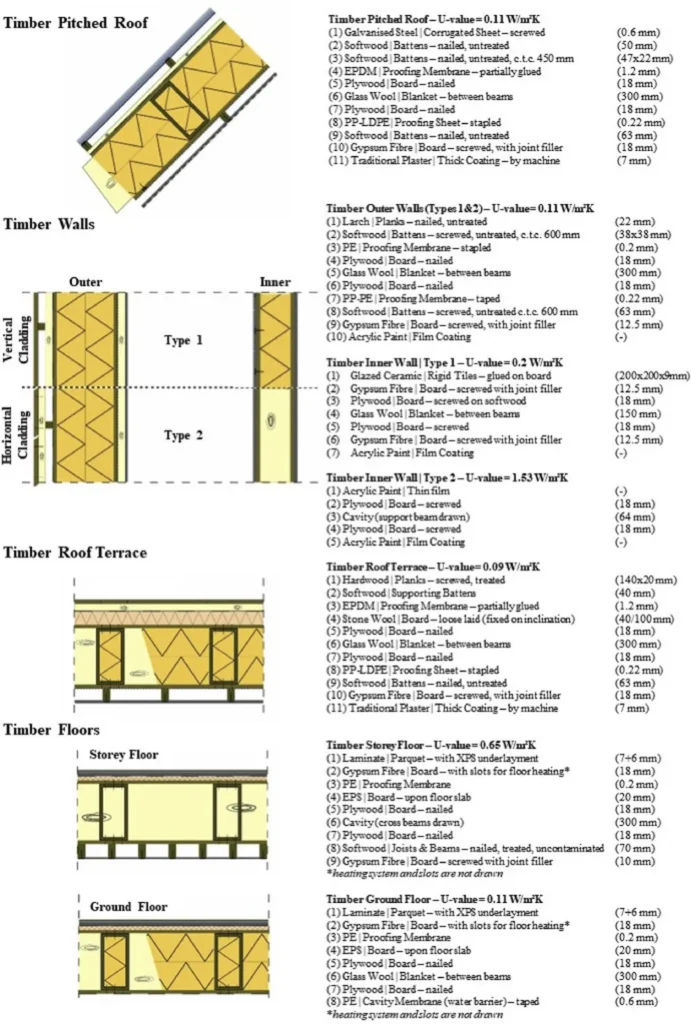In the quest to reduce the construction sector’s significant carbon footprint and energy consumption, a new study published in *Developments in the Built Environment* (translated as “Advances in Construction and Building”) sheds light on the potential and challenges of applying Life Cycle Assessment (LCA) in the early stages of timber construction projects. Led by Yishu Niu from Aalto University’s Department of Civil Engineering in Finland, the research investigates how LCA can be a game-changer in decision-making processes, particularly when it comes to timber structural components.
The construction industry has long been under scrutiny for its environmental impact, and LCA has emerged as a crucial tool to evaluate the environmental performance of buildings throughout their life cycle. However, the variability and uncertainty inherent in LCA have often posed challenges, especially when applied early in the design phase. Niu’s study addresses these issues head-on, focusing on the variability of key parameters and their associated uncertainties in the context of timber construction.
“Our research shows that the variation of global warming potential (GWP) can be significantly reduced by introducing constraints at the early design stage,” Niu explains. This finding is particularly relevant for the energy sector, as it highlights the potential for LCA to drive more sustainable and energy-efficient construction practices. By setting requirements or limits early on, project stakeholders can make more informed decisions that align with environmental goals and regulatory standards.
The study’s case study investigated the uncertainty of using LCA at the early stage of a timber project, considering different scenarios. The results underscore the importance of integrating LCA into the initial phases of construction projects to enhance efficiency and comparability. “When applying LCA in early stages of projects to assist decision-making, setting requirements or limits might help improving the efficiency and comparability,” Niu notes.
The implications of this research are far-reaching. For the energy sector, understanding and mitigating the variability in LCA can lead to more accurate assessments of a building’s environmental impact, ultimately supporting the development of greener and more sustainable construction practices. As the industry continues to grapple with the challenges of climate change and resource depletion, tools like LCA will play an increasingly vital role in shaping the future of construction.
Niu’s work, published in *Developments in the Built Environment*, offers a timely and insightful perspective on the potential of LCA in the early stages of timber construction projects. By addressing the challenges and uncertainties associated with LCA, the study paves the way for more informed decision-making and a more sustainable built environment. As the construction industry continues to evolve, the insights from this research will be invaluable in driving progress towards a greener future.

